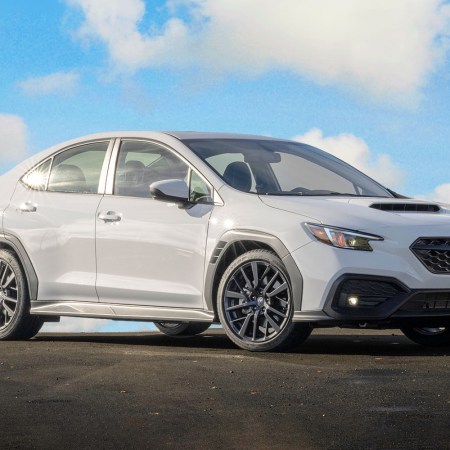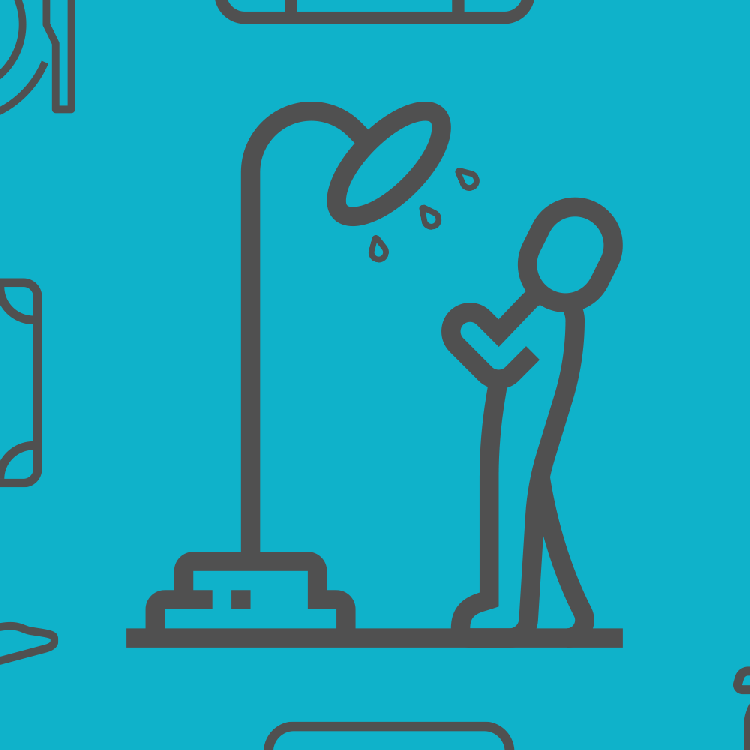Getting your new ride: exhilarating in theory, agony in practice.
That’s why we picked the mental gearbox of David Undercoffler, a man who has redlined more supercars than a Saudi prince.
As West Coast reporter at Automotive News he tracks the revs and pumped brakes of the auto industry for a living. As a sporting fellow, he was kind enough to teach us get us how to get off the lot quicker than a car thief and with almost as much of a discount.
His bolded advice:
Don’t plunk down major coin this year’s model. I’ve always been a fan of lightly used cars, since it saves you the pain of depreciation and the used market is only getting better. After getting hammered by the recession, the new car market has been rebounding for the past six years, which means a healthy stream of off-lease models are starting to flood the market now — and will continue to for a while.
Know when to do a Certified Pre-Owned Program. If it’s an Asian brand, skip the CPO program entirely. Statistically they kill it in terms of reliability, so the price premium you’re paying on CPO versus regular used probably isn’t worth it. For others (German or American) I’d sleep a lot better if I had a CPO model.
The less time you can spend in a physical dealership, the better. For starters, pick out the very specific model you want online on an automaker’s website. Then search dealers’ inventories for that model. You should really only go to test drive a car and to pick it up when you buy it.
Compare price via dealerships and websites. Once you’ve decided on which model you’re going to buy, find it at two or more nearby dealerships. Then use a site like TrueCar.com, KBB.com or Edmunds.com to figure out what people in your area are paying for that same vehicle.
Don’t be a d*#k with the dealer, and don’t lowball the crap out of them. Be reasonable. A smart salesperson will see that you’re serious about the car but also armed with plenty of data to know what you should pay for it. They won’t waste your time or their time negotiating wildly since that means less time for another customer that’s less informed than you and a better chance to make more money.
Make sure you specify that your offer is for a specific trim level of car you drove. Use the car’s VIN or the dealer’s inventory number. If you’re vague and just say “here’s what I’ll pay for a BMW 320i” they could apply that to a cheapo model when you meant it for a relatively loaded version.
Never buy the line that the salesman is selling so low he’s losing money. They’re not, even if it is true that you’re paying below invoice. They and the dealership get compensated by the manufacturer in countless other ways.
Never finance through the dealership. Unless you can get 0% or 0.9% from an automaker—which you can these days, depending on the make and model. That’s free money. Otherwise, it gives them another way to haggle with you in the negotiation process. Try to walk in with financing done through your bank or credit union.
When you test drive, absolutely, positively pull the car over, connect your phone, and use the infotainment system for 10-20 minutes. This is regularly overlooked by consumers who later realize they hate the part of their new car that they use the most.
Image via Paramount Vantage
This article was featured in the InsideHook newsletter. Sign up now.





















